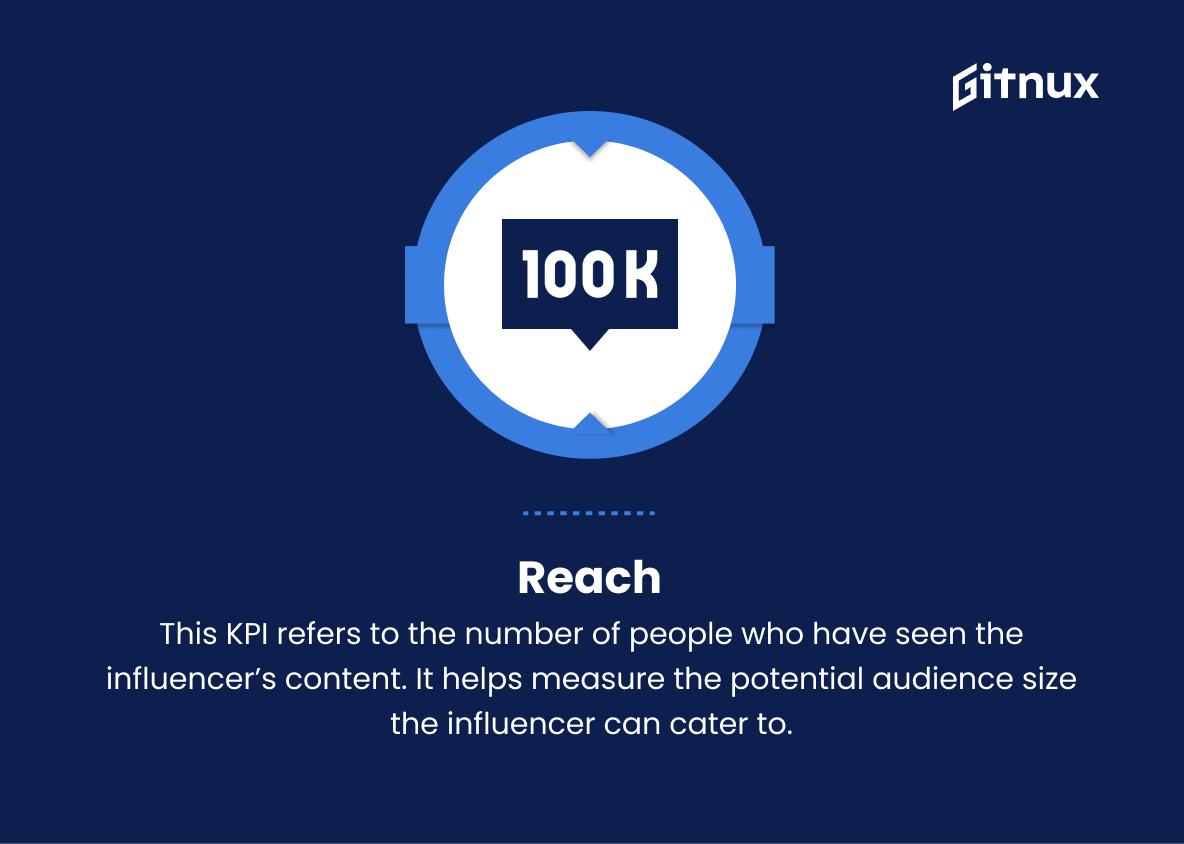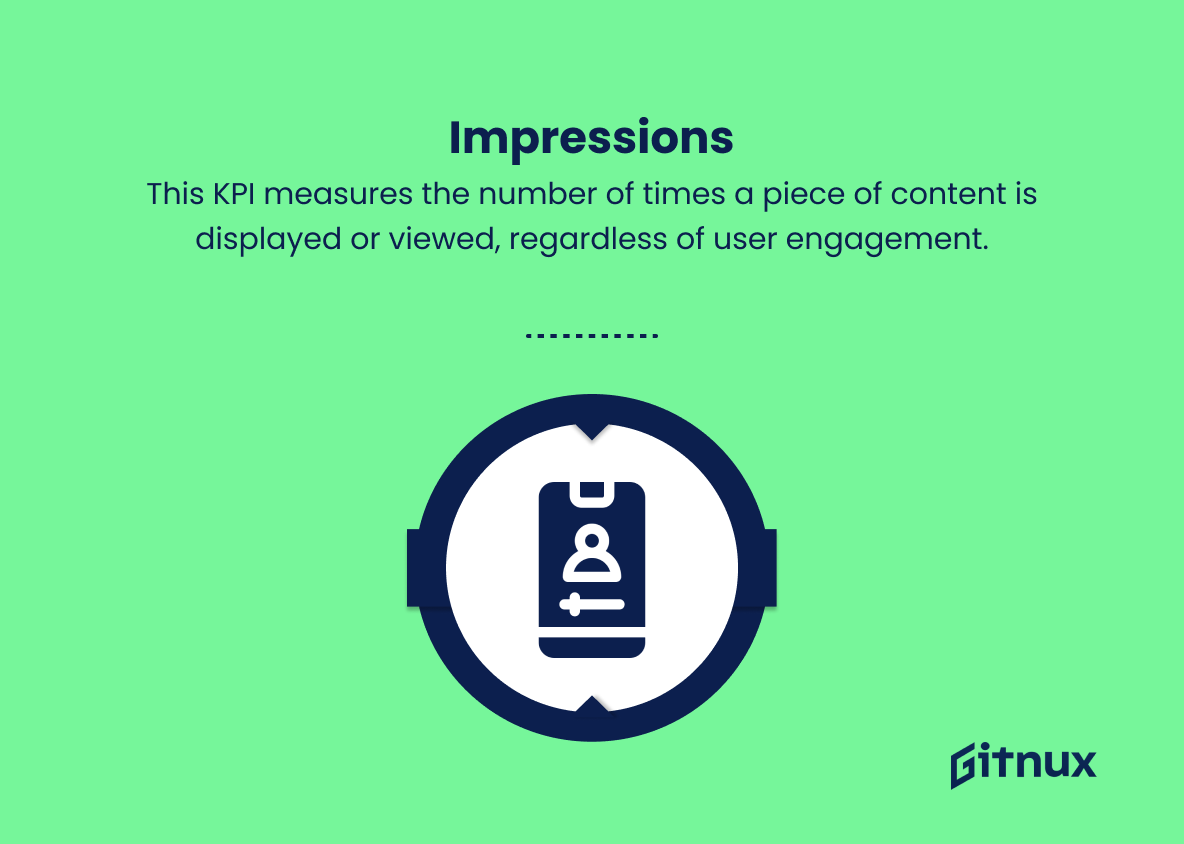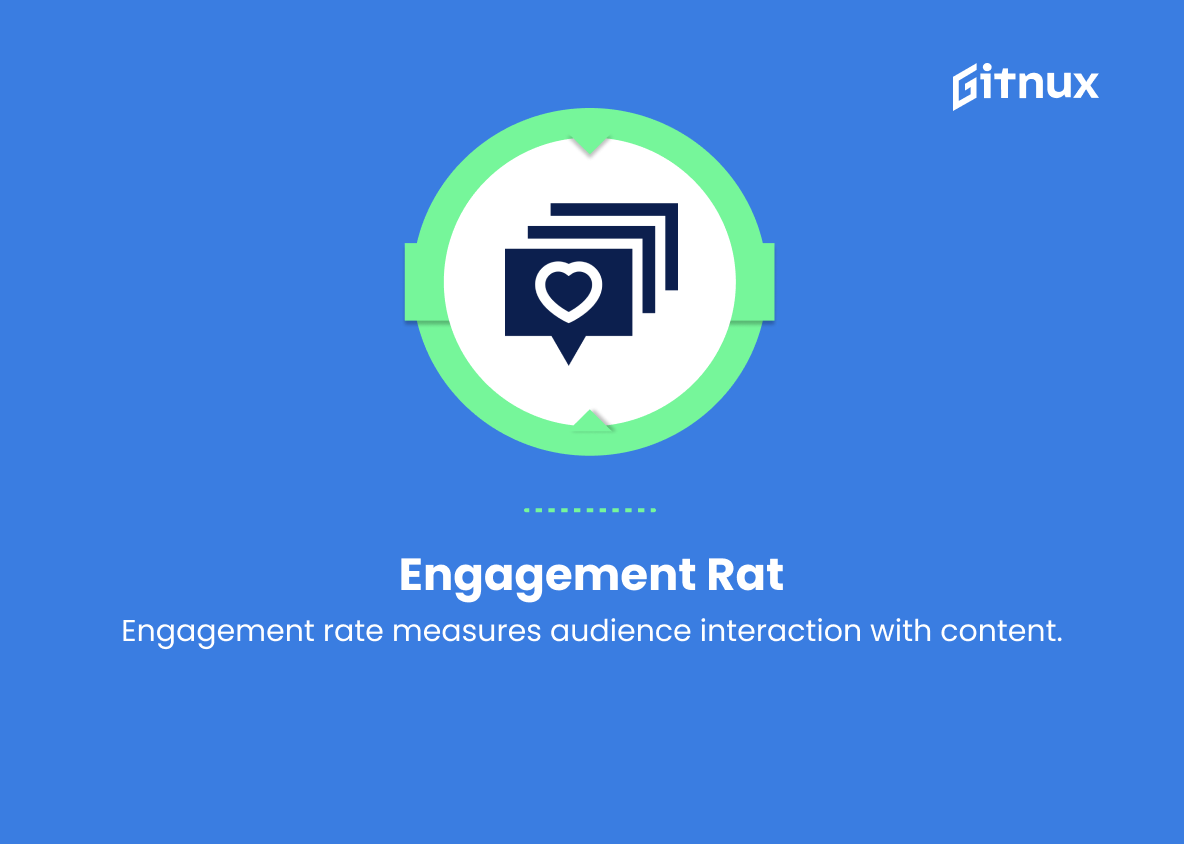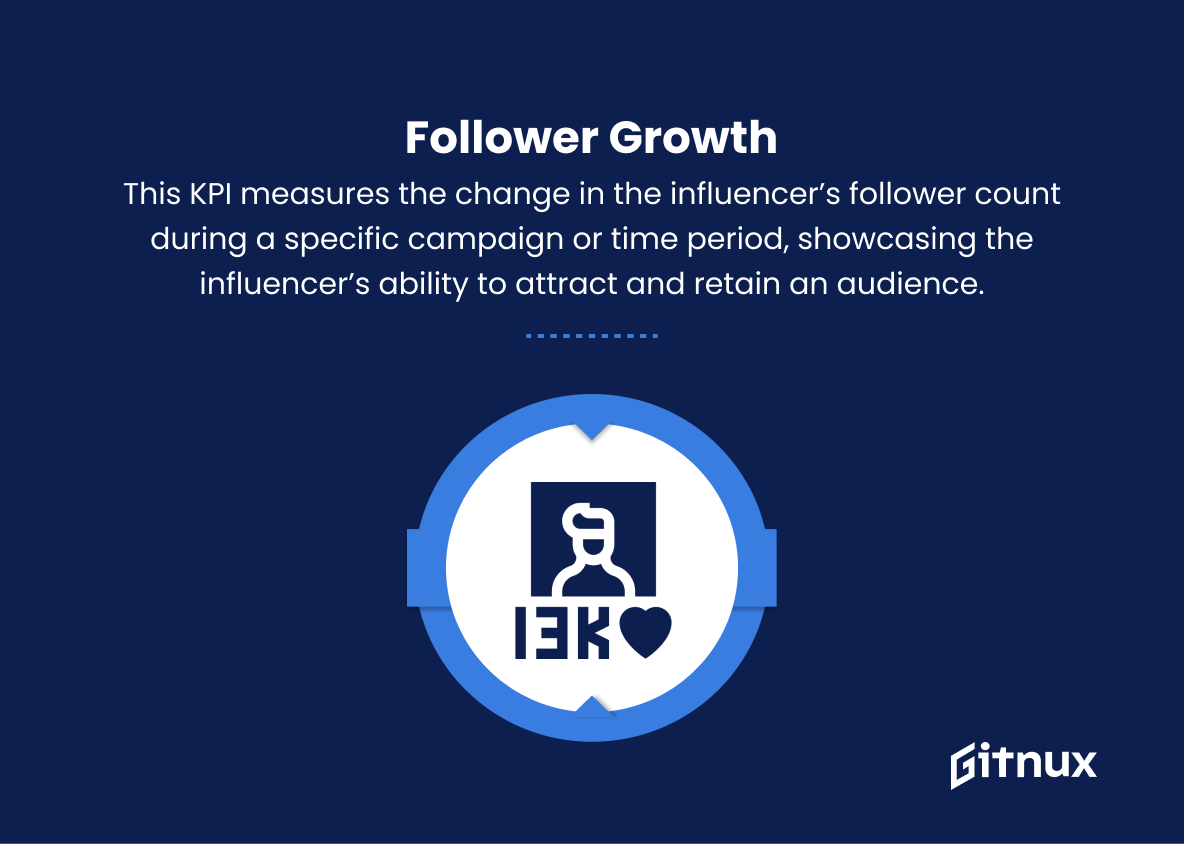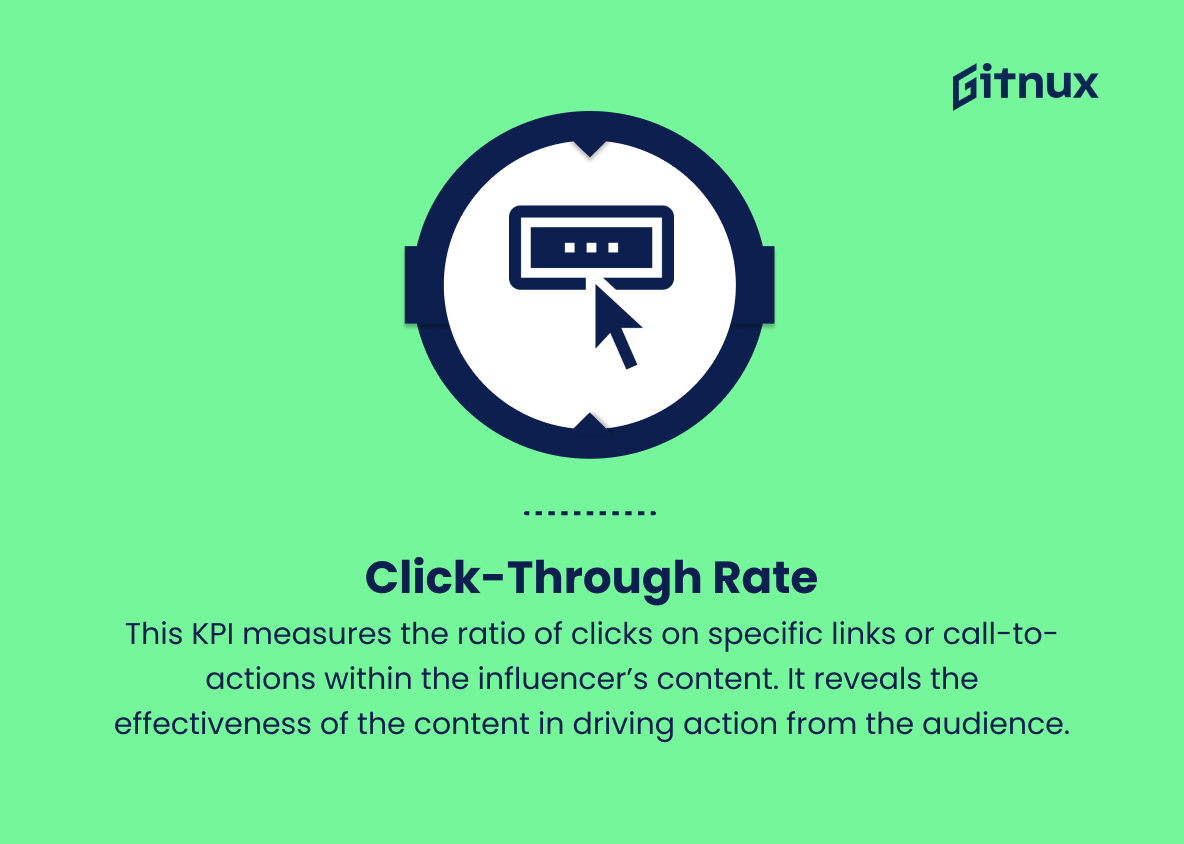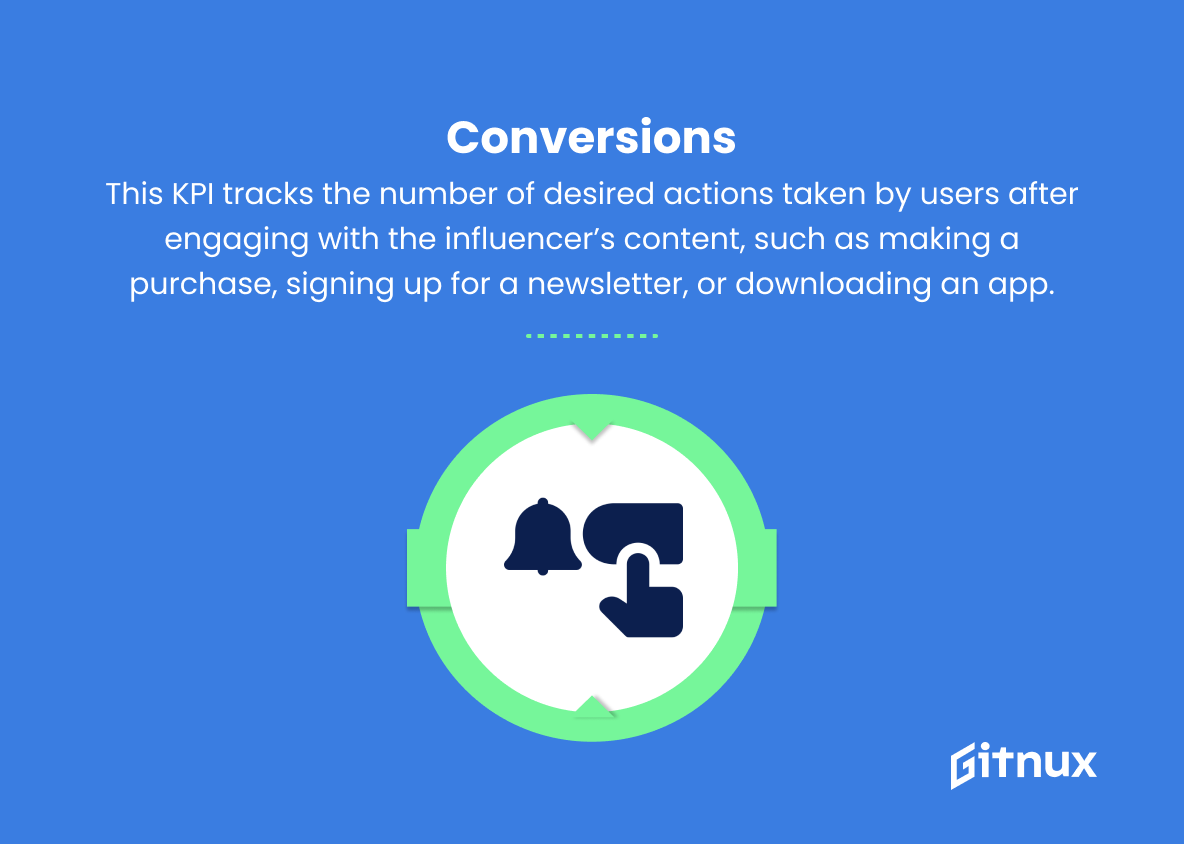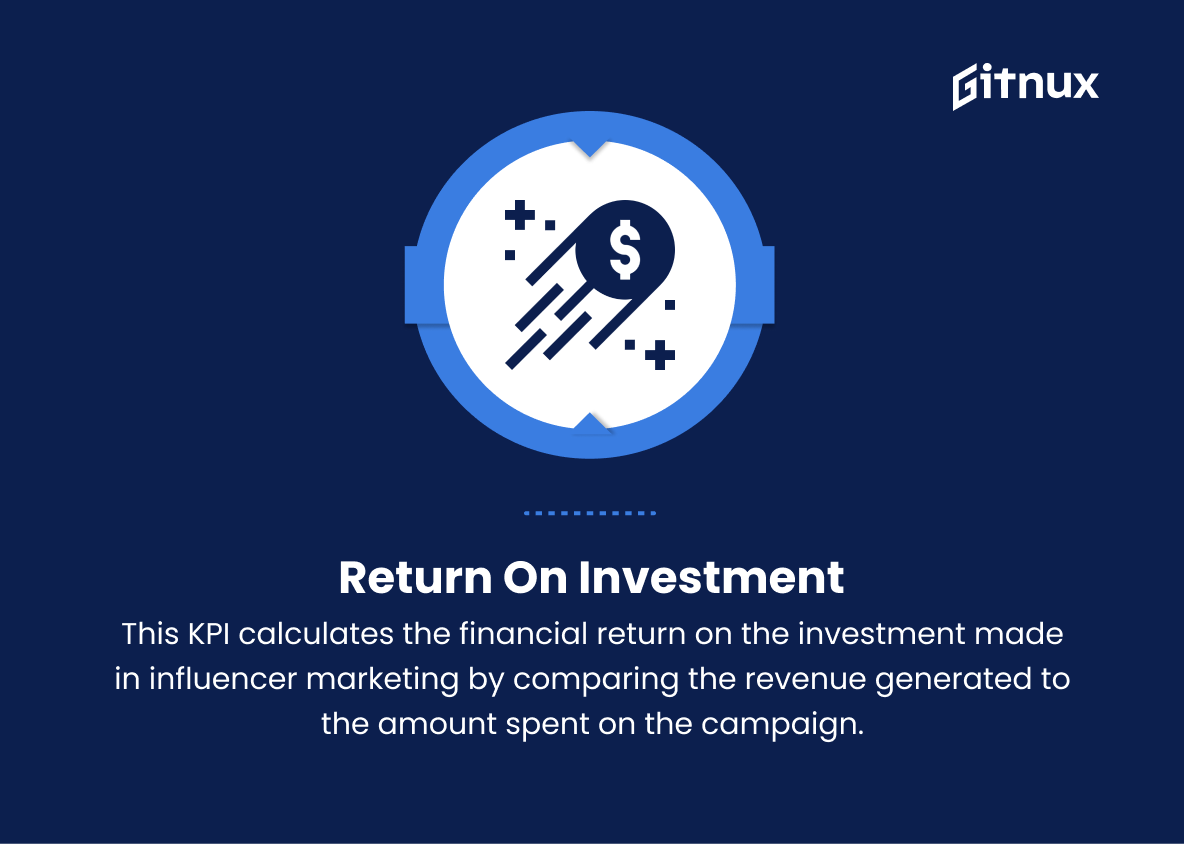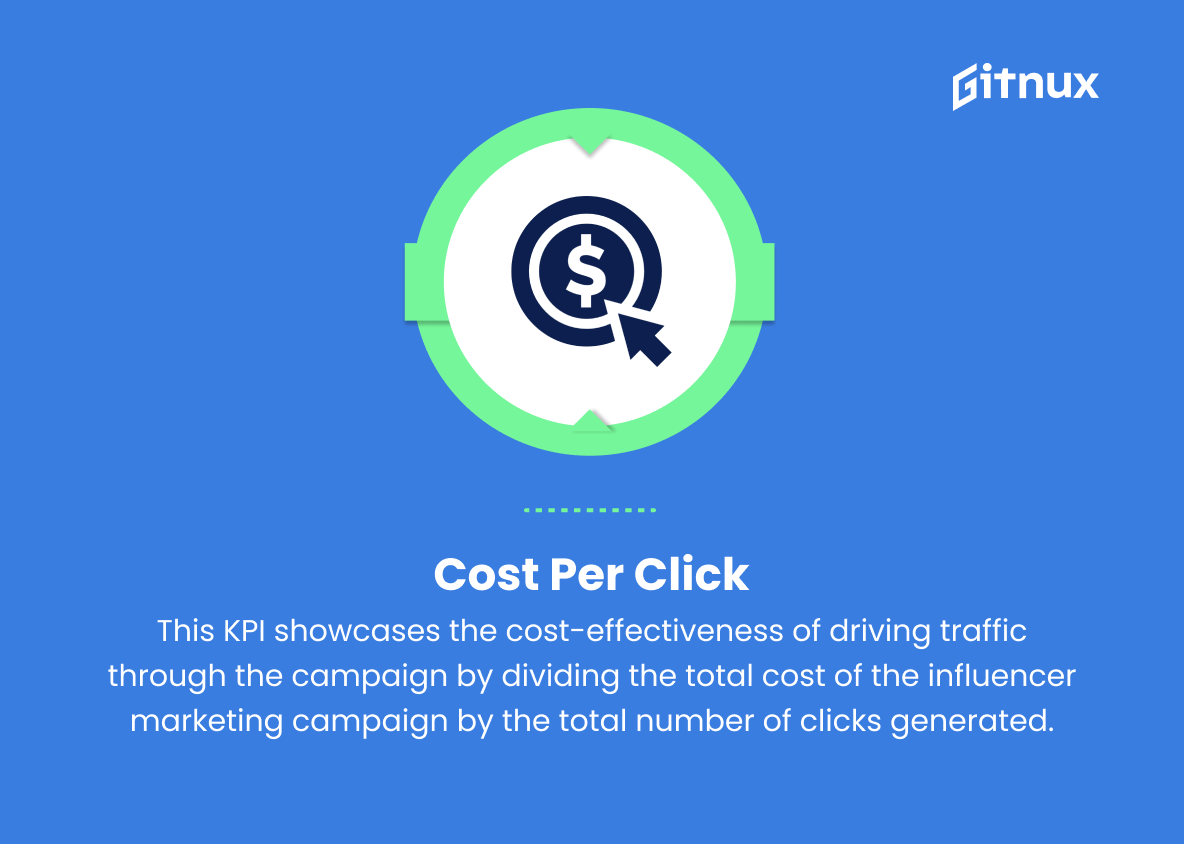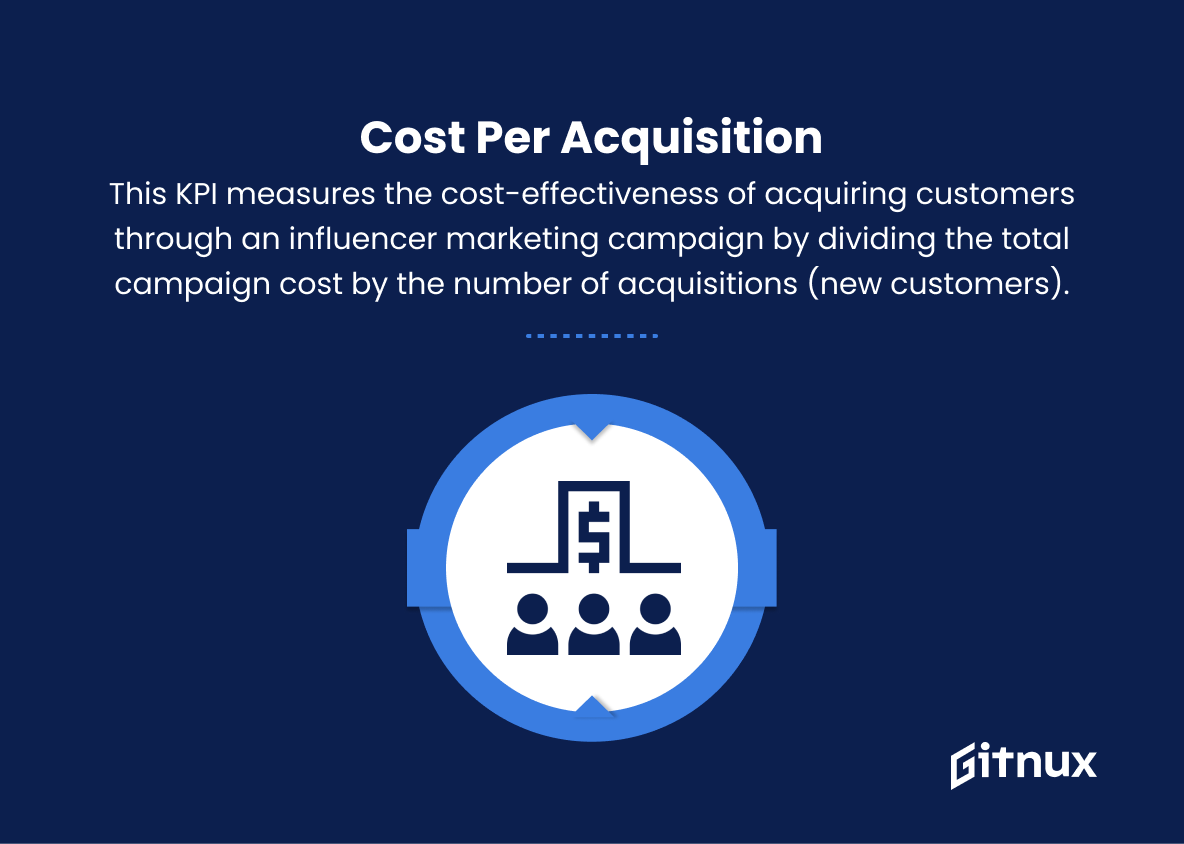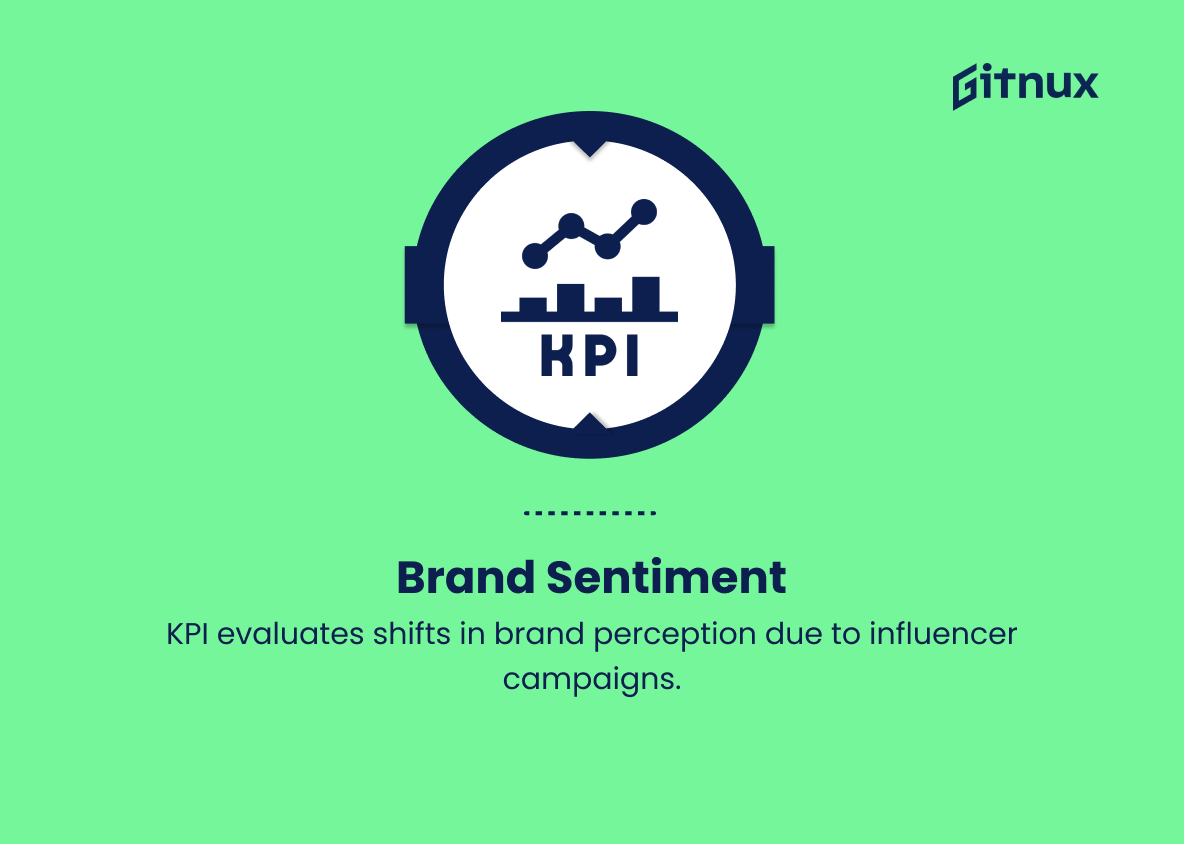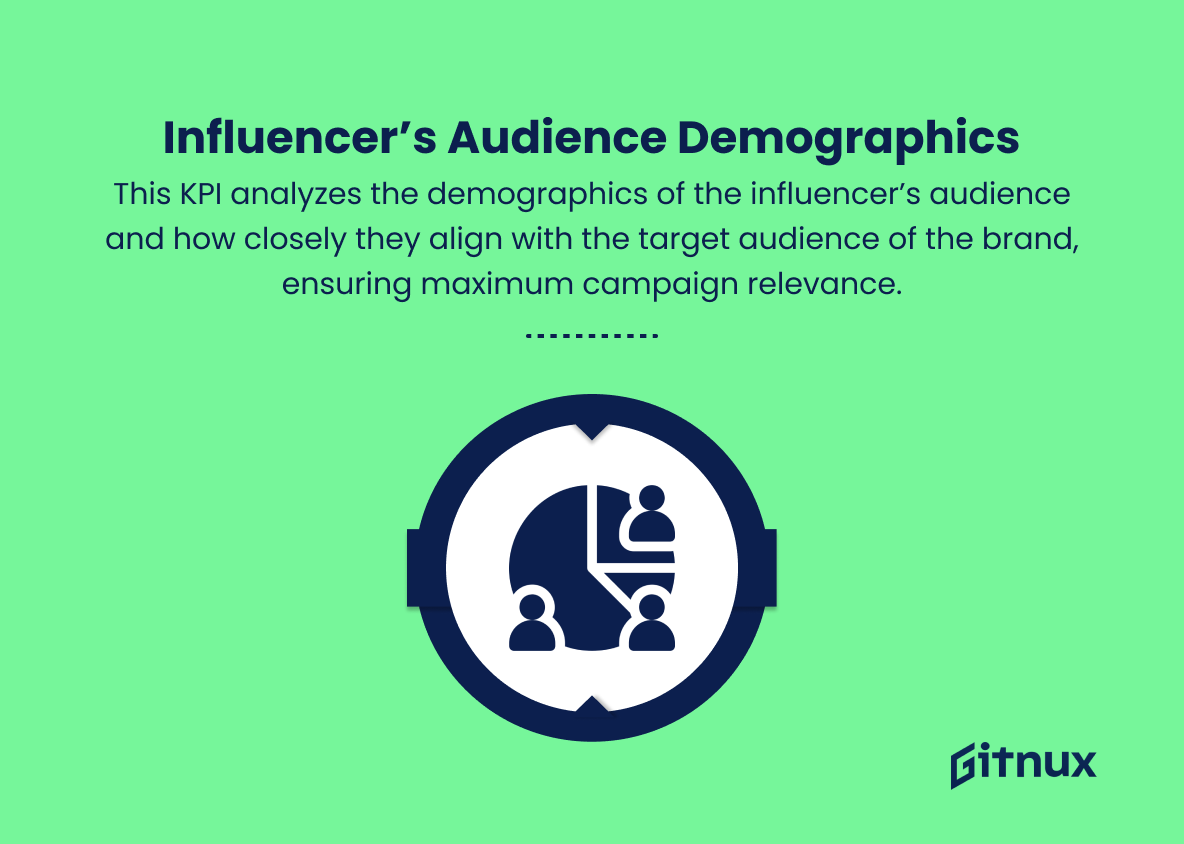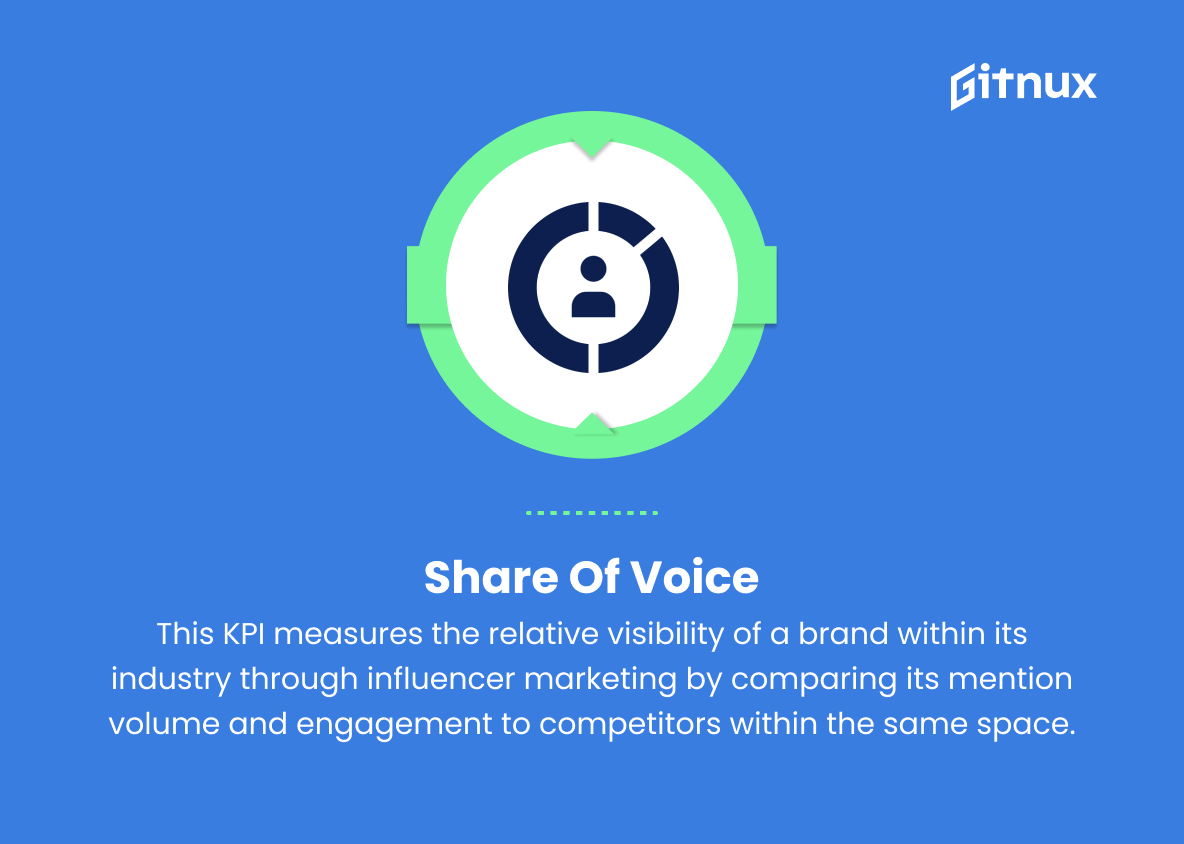In the rapidly evolving world of digital marketing, influencer marketing has emerged as a powerful tool for brands looking to increase reach and engagement. As companies allocate significant portions of their marketing budgets to influencer campaigns, measuring the return on investment (ROI) and effectiveness of these collaborations has become more important than ever. To ensure a data-driven, results-oriented approach to influencer marketing, it’s essential to monitor the right key performance indicators (KPIs).
In this blog post, we explore the key influencer marketing KPIs to help you evaluate the success of your campaigns and make informed decisions to optimize your influencer partnerships for maximum impact.
Influencer Marketing KPIs You Should Know
1. Reach
This KPI refers to the number of people who have seen the influencer’s content. It helps measure the potential audience size the influencer can cater to.
2. Impressions
This KPI measures the number of times a piece of content is displayed or viewed, regardless of user engagement.
3. Engagement rat
This KPI calculates the ratio of total engagements (likes, comments, shares, saves) to reach or impressions, giving insight into how well the target audience is interacting with the influencer’s content.
In the rapidly evolving world of digital marketing, influencer marketing has emerged as a powerful tool for brands seeking to increase their reach and engagement.4. Follower growth
This KPI measures the change in the influencer’s follower count during a specific campaign or time period, showcasing the influencer’s ability to attract and retain an audience.
5. Click-through rate (CTR)
This KPI measures the ratio of clicks on specific links or call-to-actions within the influencer’s content. It reveals the effectiveness of the content in driving action from the audience.
6. Conversions
This KPI tracks the number of desired actions taken by users after engaging with the influencer’s content, such as making a purchase, signing up for a newsletter, or downloading an app.
7. Return on investment (ROI)
This KPI calculates the financial return on the investment made in influencer marketing by comparing the revenue generated to the amount spent on the campaign.
8. Cost per engagement (CPE)
This KPI measures the cost-effectiveness of the influencer marketing campaign by dividing the total cost of the campaign by the total number of engagements.
9. Cost per click (CPC)
This KPI showcases the cost-effectiveness of driving traffic through the campaign by dividing the total cost of the influencer marketing campaign by the total number of clicks generated.
Influencer Marketing KPIs are essential metrics that help determine the success and effectiveness of influencer campaigns in reaching and engaging target audiences.10. Cost per acquisition (CPA)
This KPI measures the cost-effectiveness of acquiring customers through an influencer marketing campaign by dividing the total campaign cost by the number of acquisitions (new customers).
11. Brand sentiment
This KPI assesses the change in audience perception of a brand as a result of the influencer marketing campaign. By analyzing the tone of comments and feedback from the audience, an understanding of how the campaign has influenced brand perception can be gained.
12. Content quality
This KPI evaluates the aesthetic appeal and relevance of the influencer’s content, which can impact audience engagement and the overall success of the campaign.
13. Hashtag usage
This KPI measures the use and effectiveness of specific hashtags related to the campaign by tracking the reach, impressions, and engagement generated through these tags.
14. Influencer’s audience demographics
This KPI analyzes the demographics of the influencer’s audience and how closely they align with the target audience of the brand, ensuring maximum campaign relevance.
15. Share of voice
This KPI measures the relative visibility of a brand within its industry through influencer marketing by comparing its mention volume and engagement to competitors within the same space.
Influencer Marketing KPIs Explained
Influencer marketing KPIs are essential metrics that help determine the success and effectiveness of influencer campaigns in reaching and engaging target audiences. They provide insight into the influencer’s reach and audience engagement, follower growth, and ability to drive action through click-through rates and conversions. These KPIs also help evaluate the cost-effectiveness of influencer marketing efforts by measuring cost per engagement, cost per click, and cost per acquisition.
In addition, they enable marketers to evaluate the impact of their campaigns on brand sentiment, the quality of the influencer’s content, hashtag usage, the alignment of the influencer’s audience demographics with the brand’s target audience, and the brand’s share of voice within its industry. Ultimately, these KPIs provide a comprehensive understanding of the performance of influencer marketing campaigns and enable brands to make data-driven decisions to optimize their marketing strategies.
Conclusion
In summary, tracking the right influencer marketing KPIs is critical to determining the success and effectiveness of your campaign. By focusing on metrics such as engagement rate, conversions, reach and ROI, you’ll gain deep insight into the performance of your influencer partnerships, allowing you to optimize your strategies and maximize your return on investment.
Continuous monitoring of these KPIs ensures that you make informed decisions and get the most out of your influencer marketing efforts. By staying focused and data-driven, you’ll be well on your way to realizing the full potential of influencer marketing for your brand’s success.
